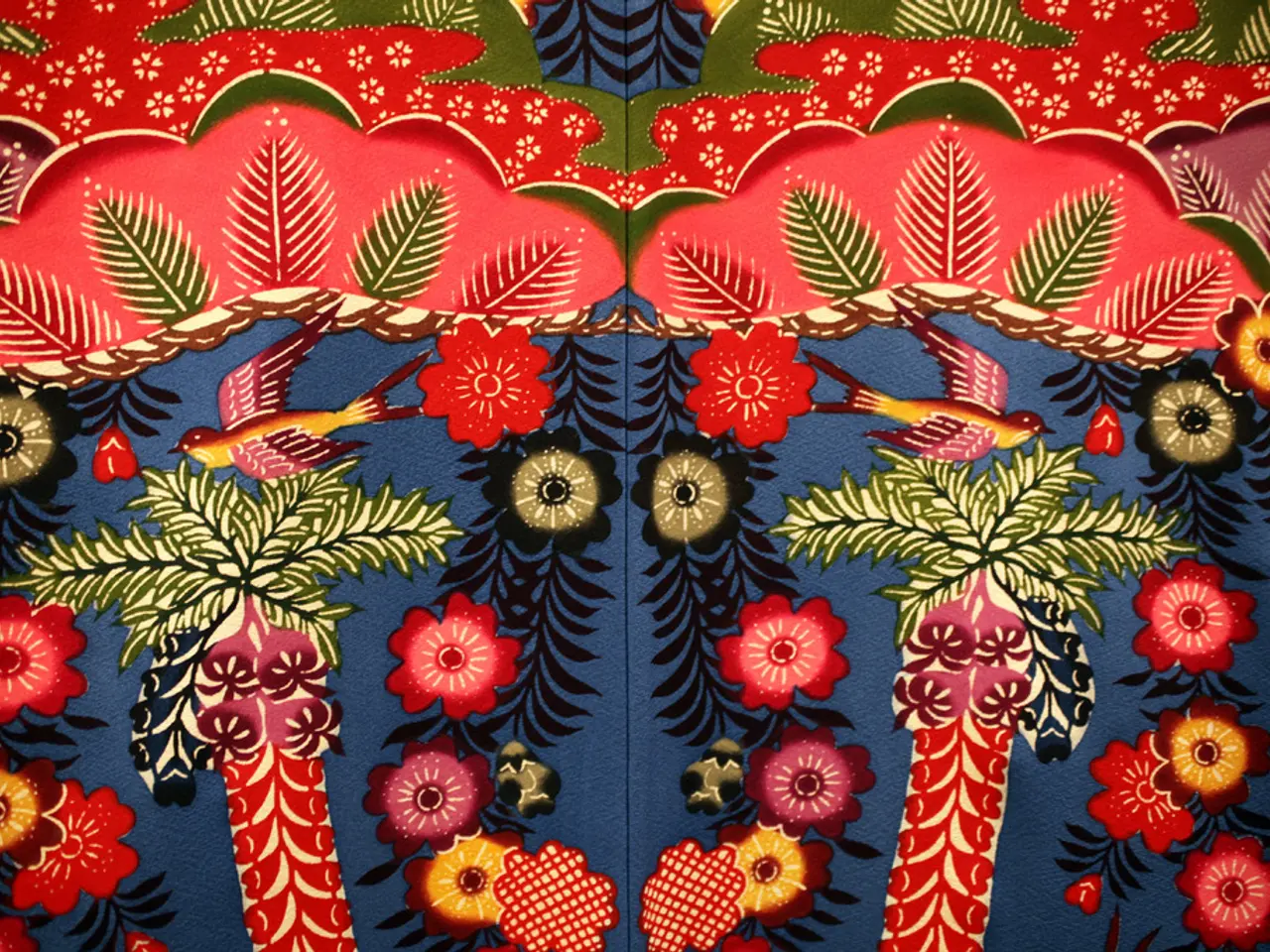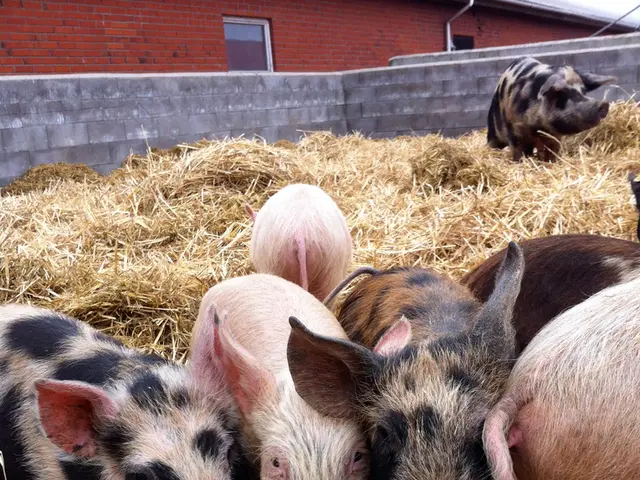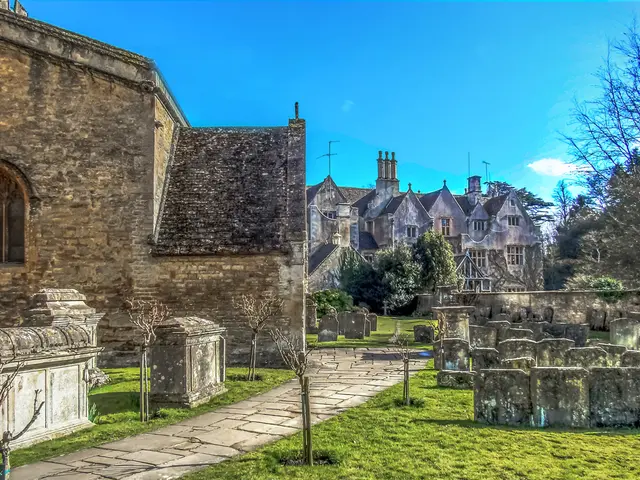Essential Bonsai Tree Care Calendar for Lifetime Use
In the world of bonsai, the key to maintaining healthy and beautiful trees lies in understanding their growth cycles and adapting to the changing seasons. Here's an overview of the optimal bonsai care calendar, which varies by season and species but generally follows these key guidelines.
**Spring (Season of Renewal)**
As bonsai trees stir from their winter slumber, the focus shifts to the growth stages of the leaves. This is the perfect time for pruning, fertilizing, repotting, and watering. Lightly prune new shoots to encourage healthy branching and structural development, while avoiding heavy cutting to not stress the tree. Start feeding with balanced or nitrogen-rich fertilizer every 2-4 weeks to support strong growth. Spring is also the best time to repot bonsai if roots are circling or drainage is poor, using fresh, well-draining bonsai soil mix.
**Summer (Season of Peak Growth)**
In summer, the increased sunlight and warmer temperatures lead to peak growth for bonsai trees. As the soil dries faster, increase watering frequency and opt for deep watering to reach the roots fully. Protect your bonsai from harsh midday sun with light shade or dappled sunlight, especially for delicate species. Monitor for pests like aphids and spider mites, and treat them early to prevent damage. Continue light pruning to maintain shape, and for deciduous trees, summer pruning can also include leaf pruning (defoliation) to promote ramification.
**Autumn (Season of Preparation)**
Autumn marks the time for preparation as bonsai trees begin to prepare for dormancy. Gradually reduce feeding, perform structural pruning to prepare the bonsai for winter, and continue regular watering but reduce as temperatures drop.
**Winter (Dormancy)**
During winter, bonsai trees enter a period of dormancy. Minimal watering is required to maintain root moisture without promoting growth, and all fertilizer feeding should be stopped. Protect your bonsai from freezing temperatures, especially tropical or subtropical species.
**Tree Type Specific Notes**
The care requirements for different tree types can vary significantly. Deciduous trees like Red Maple require pruning frequently in spring and summer to maintain shape and reduce leaf size, need cold dormancy, and require acidic to neutral, well-draining soil. Conifers need pruning and shaping mainly in early spring and summer, while tropical and subtropical bonsai trees grow actively year-round indoors or in warm climates.
For beginners, following a seasonal care calendar like this, while monitoring your bonsai’s specific needs closely, ensures healthier, more beautiful bonsai trees across all species. For those seeking more detailed, hands-on learning, specialized workshops covering pruning, pest control, and styling are recommended.
- Embracing an outdoor lifestyle, cultivating an outdoor bonsai can be a rewarding addition to your home-and-garden, as it provides an opportunity to connect with nature while enhancing your gardening skills.
- To maintain the health and beauty of your outdoor bonsai, it's essential to seek out care resources, which provide detailed guidance on bonsai care across various seasons and tree species, such as resources found in gardening books, online forums, or expert courses.
- As outdoor bonsai care becomes part of your lifestyle, you may find that nurturing these miniature trees instills a sense of mindfulness and appreciation for the art of gardening, encouraging a deeper connection not only with your bonsai but with the environment around you.





